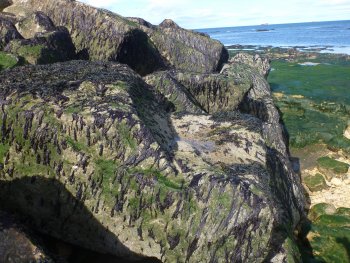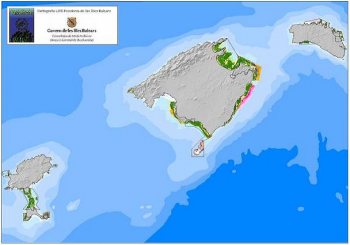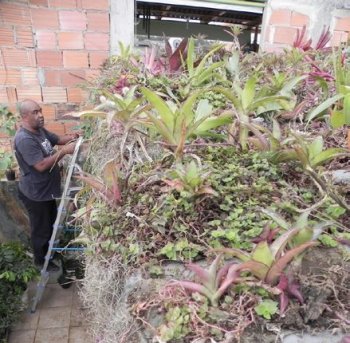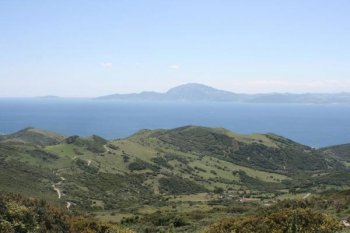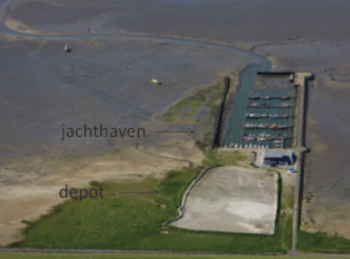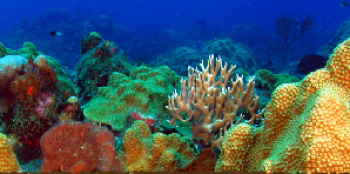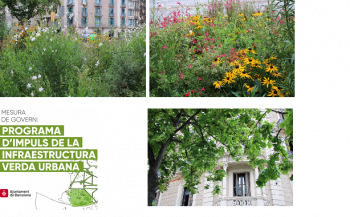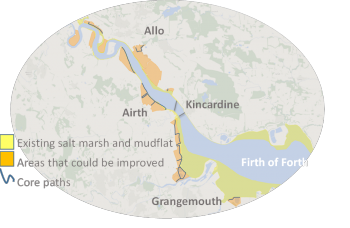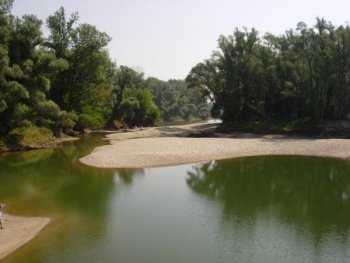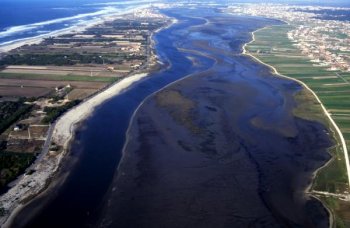Integrated green grey infrastructure (IGGI) - Ecologically enhanced sea defence
Ecological enhancement of hard coastal structures. Project aimed to mitigate expected habitat losses associated with improving coastal defences for both the natural substrate & pre-existing defences within Natural 2000 site, & minimise future habitat losses due to sea level rise & coastal squeeze.

